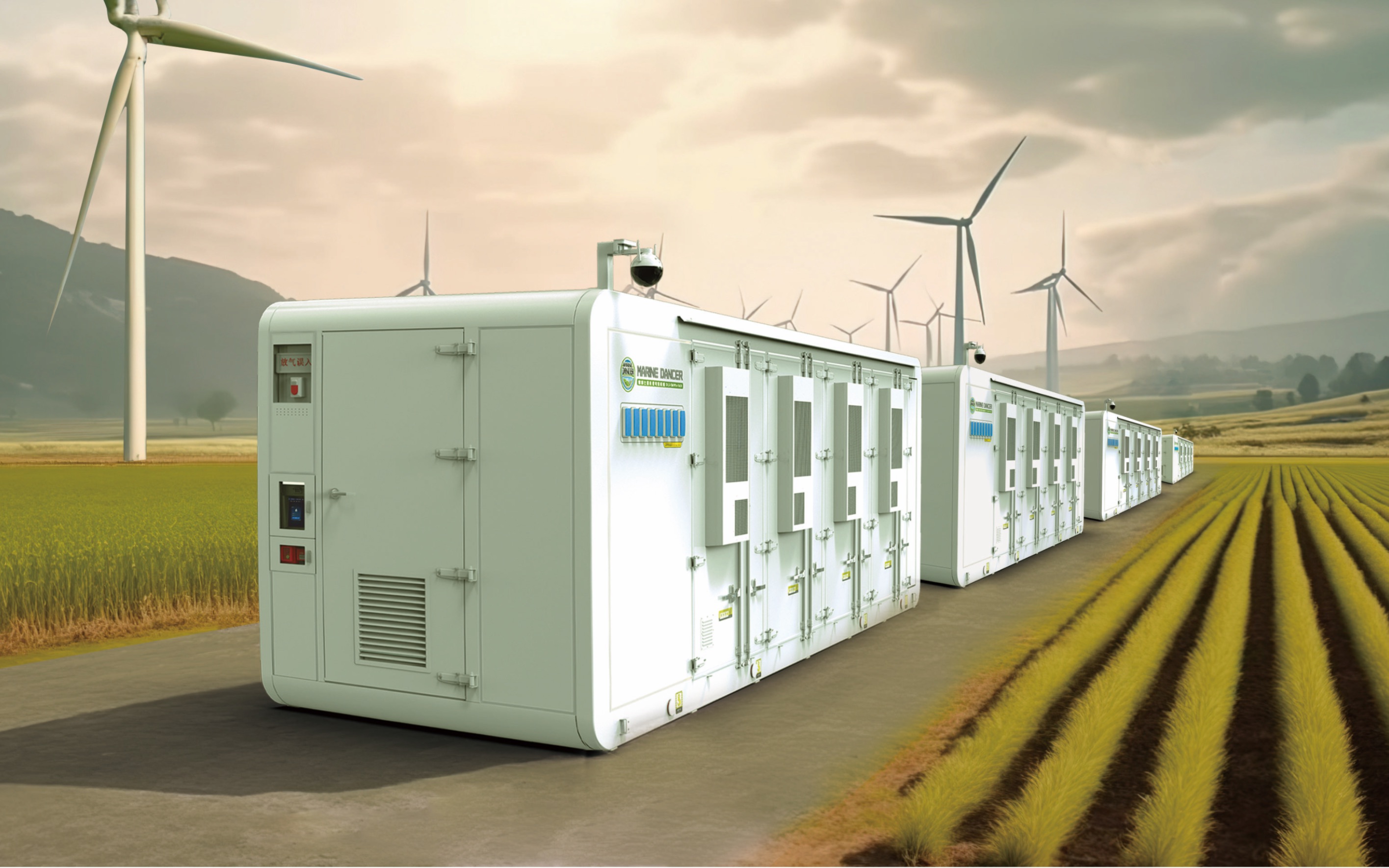
2 月 . 23, 2024 10:29 Back to list
How to Mitigate Rising Energy Costs in ISO-NE With Energy Storage
The New England power system has embarked on a significant transformation with the commitment of five out of six states in ISO-NE to reduce carbon dioxide emissions by 80% by 2050. This shift towards renewable energy sources is reshaping the grid managed by ISO-NE, a non-profit organization responsible for ensuring reliable and competitively priced wholesale electricity across the six New England states. The utilities in the region face mounting challenges as energy costs are already higher in New England compared to other parts of the country, and these costs are expected to continue to rise due to increasing demands, electrification initiatives, and the transition from fossil fuels to sustainable energy sources.
To address the changes in the energy landscape, ISO-NE's transmission system requires more infrastructure and upgrades to accommodate the shift towards renewable energy sources. The cost of transmission is predicted to rise by almost 25% between 2024 and 2028, reflecting the substantial investments needed to support the transition. In response to rising energy costs, utilities are exploring options to provide a more cost-effective, reliable, and sustainable grid for ratepayers. On-site renewable energy sources, including energy storage systems, are emerging as potential solutions to help utilities navigate the challenges posed by the evolving energy market in ISO-NE.
The driving forces behind the rising energy costs in ISO-NE include increased energy demand, obstacles for large renewable generation projects, and the high cost of fossil fuels. With the demand for electricity projected to surge in the coming years, particularly during peak periods, the strain on the power grid is expected to intensify. Furthermore, delays in large renewable generation projects, such as offshore wind and solar initiatives, due to supply chain dynamics and system upgrades contribute to the challenges faced by ISO-NE. The reliance on fossil fuels, such as natural gas and oil, also influences energy prices, as fluctuations in global markets and supply-demand dynamics impact the region's electricity costs.
Energy storage emerges as a viable solution to support the clean energy transition in New England while reducing costs for utilities. By leveraging smaller-scale energy storage systems, such as battery storage, utilities can lower capacity and transmission costs, as well as hedge against future cost increases. Energy storage is often hailed as the "Swiss Army knife" of solutions, offering versatility in addressing various grid challenges and optimizing operations. These systems can help utilities meet peak demand on the grid, replace the need for expensive and carbon-intensive peaker plants, and expedite the retirement of fossil fuel-based generation, thereby reducing emissions and avoiding costly infrastructure upgrades.

For municipal utilities in ISO-NE, energy storage presents a range of benefits, including cost reduction, emission mitigation, integration of renewable energy, and improved grid reliability. By deploying energy storage solutions, municipal utilities can decrease their dependency on external generation sources during peak demand periods, leading to cost savings that could be passed on to customers through lower electricity bills. In addition, energy storage systems can defer major substation upgrades, provide emergency power to critical municipal services, and enhance overall grid resiliency, thereby offering long-term advantages for municipal utilities and their communities.
Investor-owned utilities in New England also stand to gain from leveraging energy storage technologies to optimize their operations, enhance grid reliability, and provide cost savings to customers. Energy storage systems can play a crucial role in deferring capital projects, supporting increased localized peak loads, ensuring resilience and emergency backup capabilities, and ultimately delivering economic benefits for investor-owned utilities. By integrating energy storage solutions into their infrastructure, utilities can enhance their service offerings, improve grid stability, and manage peak energy demand more effectively, thus paving the way for a cleaner, more efficient energy system in the region.
For organizations looking to embark on energy storage initiatives in New England, partnering with experienced developers like ACDC can streamline the process and maximize the benefits of these systems. ACDC, a prominent developer of energy storage solutions in North America, offers expertise in designing, building, owning, and operating energy storage systems on behalf of utilities. By collaborating with established players in the energy storage industry, utilities can access tailored solutions that align with their goals, whether it involves cost reduction, emission mitigation, grid reliability enhancement, or grid modernization efforts. As the energy landscape in New England continues to evolve, energy storage emerges as a pivotal tool for utilities to navigate the challenges and opportunities presented by the transition to a cleaner energy future.
Will be removed if infringing
Reference website:https://resources.convergentep.com
-
Unraveling the Power of EMS Energy Management Systems
NewsOct.23,2024
-
Unleashing the Potential of Power System Management and Smart Energy Solutions
NewsOct.23,2024
-
Smart Energy Mastery: Unleashing the Power of Controls
NewsOct.23,2024
-
Smart Energy Management: Unleashing the Power of Energy Management Systems and BMS Energy
NewsOct.23,2024
-
Powering Progress: ADMS, Intelligent Management & More
NewsOct.23,2024
-
Energizing the Future: Devices, Smart Management & Savings
NewsOct.23,2024


